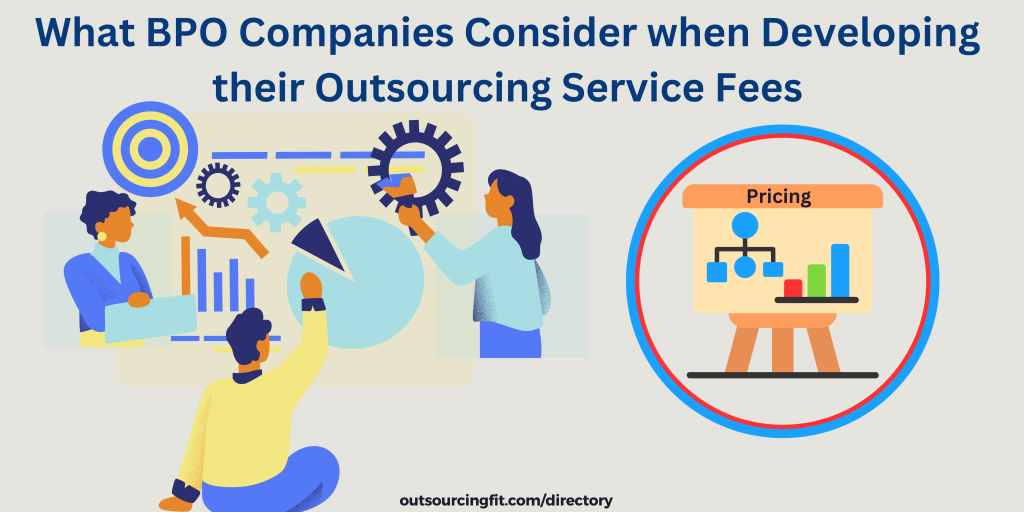Coming up with the right pricing requires various factors to consider. It needs to be competitive but at the same time reasonable enough to maintain business operations in the long term without having to increase pricing.
So what goes on when creating the pricing model to offer to outsourcing clients? Here’s a guide on how BPO companies make this decision:
1. Understanding Costs: Calculate the costs associated with providing the outsourcing services, including labor, technology, overhead, and any third-party expenses. Understanding your cost structure is fundamental to setting a profitable price.
2. Market Research: Conduct market research to determine the prevailing rates for similar outsourcing services in your industry and geographic location. This helps you remain competitive.
3. Value-Based Pricing: Consider the value your services bring to clients. Value-based pricing takes into account the benefits and outcomes your services deliver. It can often justify higher prices.
4. Pricing Models: Choose an appropriate pricing model that suits your services and your clients’ preferences. Common models include hourly rates, fixed-price contracts, outcome-based pricing, and subscription-based pricing.
5. Client Budget and Objectives: Understand your clients’ budget constraints, financial goals, and expectations regarding service quality. Tailor your pricing to align with their needs.
6. Profit Margin: Determine the profit margin you aim to achieve. Your pricing should allow for a reasonable profit while remaining competitive in the market.

7. Contract Duration: Consider whether you will offer different pricing structures for short-term and long-term contracts. Longer-term contracts may warrant pricing advantages.
8. Service Level Agreements (SLAs): Clearly define SLAs that outline the scope, quality, and performance standards of the services. SLAs may affect pricing tiers based on service levels.
9. Competitive Analysis: Analyze your competitors’ pricing strategies to ensure your rates are competitive while offering differentiated value.
10. Risk Management: Account for potential risks and uncertainties that may impact costs, such as currency fluctuations, regulatory changes, or unexpected disruptions.
11. Transparency: Be transparent with your clients about your pricing structure, so they understand what they are paying for and feel confident in the value they receive.
12. Client Relationship: Consider the long-term relationship with your clients. Fair and transparent pricing can lead to more extended partnerships and referrals.
13. Sustainability: Ensure that your pricing model supports the sustainability and profitability of your business in the long run.
These factors provide insights and guidance on choosing the right pricing strategy for the outsourcing services that BPO companies offer to ensure that their pricing aligns with their business goals and client expectations. At the same time, potential clients rely on these fees to decide which outsourcing provider to partner with. The pricing of one BP company may be higher than the others but you have to check the benefits they provide to their employees and additional services they provide to their clients as well.
